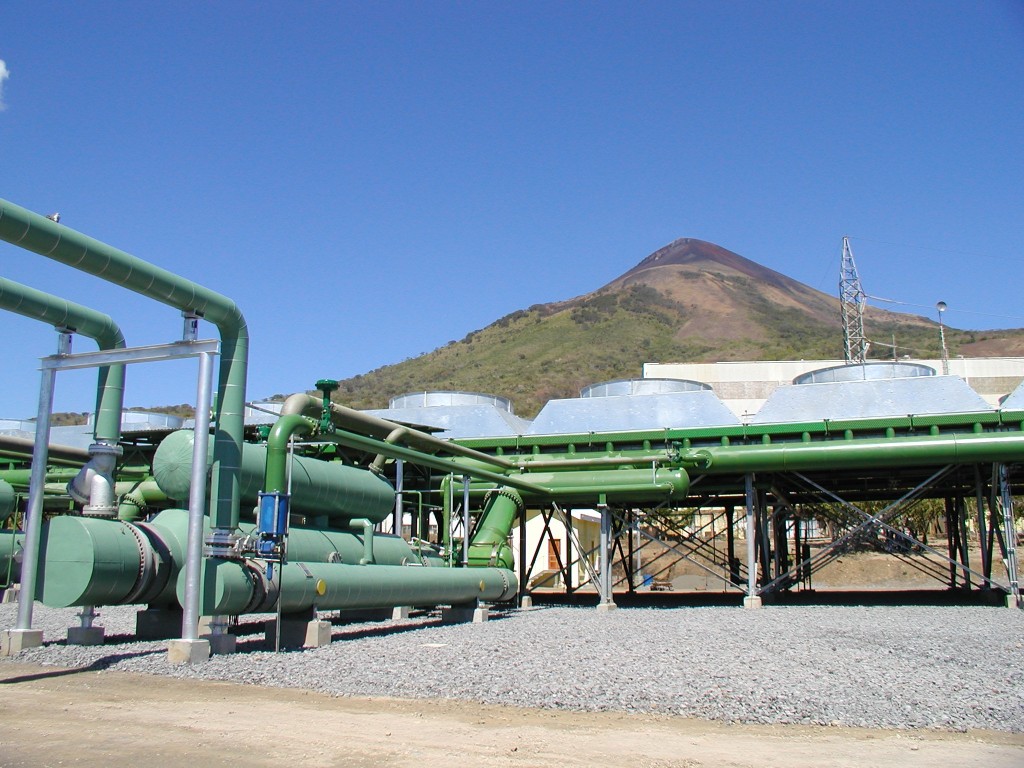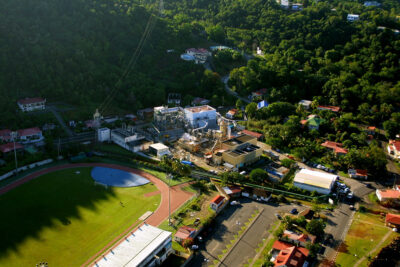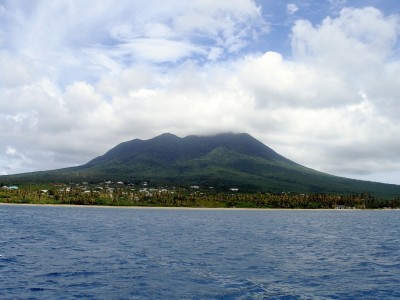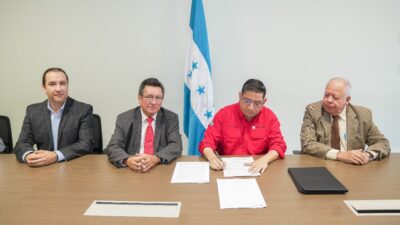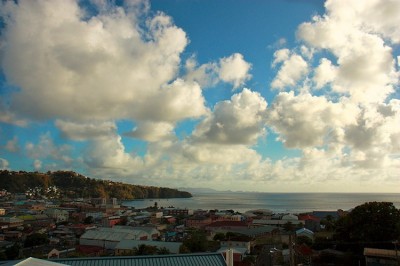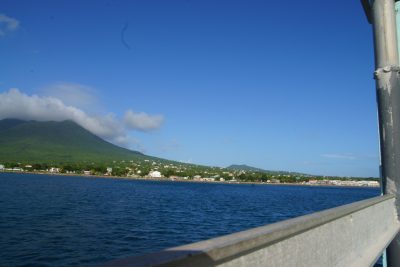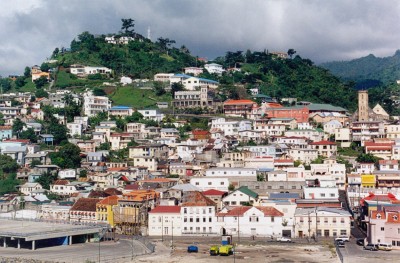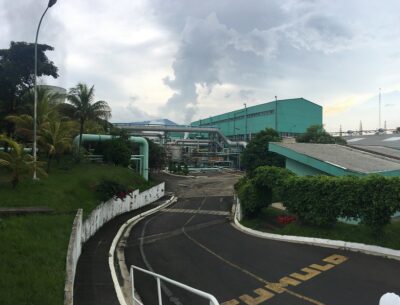Geothermal sets new record in Nicaragua representing 33.5% of electricity generation this month
With 33.5% of the total electricity generated in Nicaragua for the first 15 days of September 2020, geothermal reaches new record and helps the country to push total renewable energy power generation beyond 70%.
The month of September has already seen an historic record for geothermal energy in Nicaragua, according to Energía Limpia and based on data released by the National Energy Dispatch Center.
For the first 15 days of the month, geothermal energy provided 33.5% of all electricity generated in Nicaragua. With a total of renewables of 72%, geothermal represents nearly half of all renewable energy fuelled electricity generation. Wind reached a 19% share, hydroelectric power 17.5% and solar 1%.
With the increased diversification of the energy mix, the country has successfully managed the changes and up and downs in hydropower generation.
August 21, 2020, Nicaragua’s Ministry of Energy Mines, with financing from the IDB, opened the process to receive expressions of interest from consulting firms interested in carrying out the necessary Geoscientific Studies to complement the Pre-feasibility to determine the existence or not from a geothermal reservoir in the Cosigüina volcano in the department of Chinandega. The closing date for applicants was September 8 of the current year.
The Government of Nicaragua, through the Ministry of Energy and Mines (MEM), has received financing from the Inter-American Development Bank (IDB) for the Program of geothermal exploration and improvements in transmission in the framework of the Investment Plan of Nicaragua and it is proposed to use a of funds for consulting service contracts.
Data from Energía Limpia XXI indicate that Nicaragua’s geothermal potential is one of the richest in Central America and is estimated to be between 1,500 and 2,000 MW of potential power generation capacity, a resource that could meet national demand and even facilitate energy exports to other countries in the world. the region through the SIEPAC electrical network.
Source: Energia Limpia
